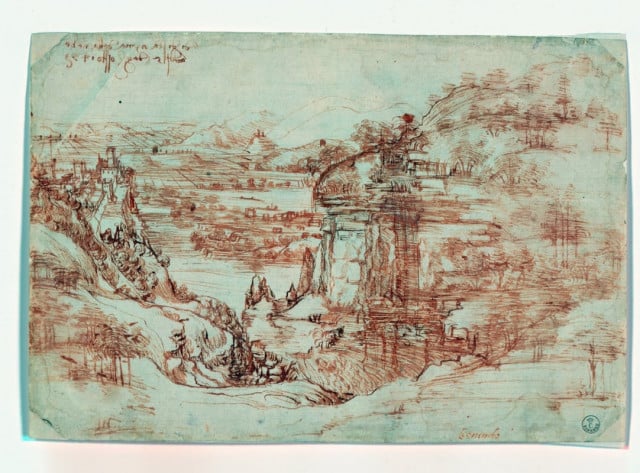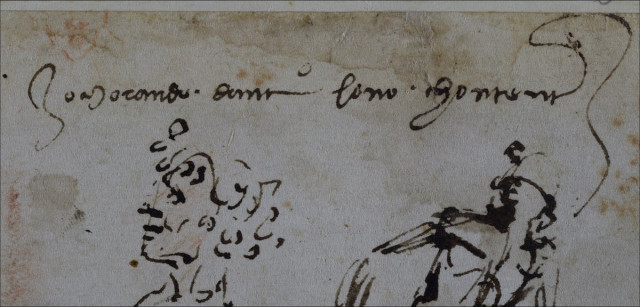The museum's research and restoration institute confirmed Da Vinci's ambidexterity by analysing a drawing known simply as Landscape (8P), believed to be his earliest work, dated 1473, when the artist was 21.
The drawing of the Arno river which flows through Florence and the castle of Montelupo in the background also features two handwritten text inscriptions, one on the front written backwards and another on the back written left to right.
READ ALSO: Leonardo da Vinci revisited: Was he an environmentalist ahead of his time?

Experts used multiple techniques to examine the drawing in different lights.
Researchers showed that both inscriptions were done by the artist who “used his left hand to write the inscription in 'mirror writing' on the front, while he used his right hand to pen the inscription on the back in ordinary writing,” the Uffizi said in a statement.
“Leonardo was born left-handed but he was 're-educated' at a very early age to use the right hand,” said art historian Cecilia Frosinini.

A sample of Leonardo's 'mirror writing'.
“From an observation of his handwriting, including the inscriptions on this drawing, it is clear that his writing as a right-hander was both cultivated and well-formed,” she said. “Leonardo was eminently capable of using his right hand… Our hypothesis is that the idea came to him from his observation of the writing in reverse on the tracing paper that he used for his drawings after turning them over.”
The research was completed ahead of the drawing's return to Leonardo's birthplace, Vinci, as part of an exhibition to mark 500 years since his death.
Images provided by the Uffizi Galleries.



 Please whitelist us to continue reading.
Please whitelist us to continue reading.
Member comments